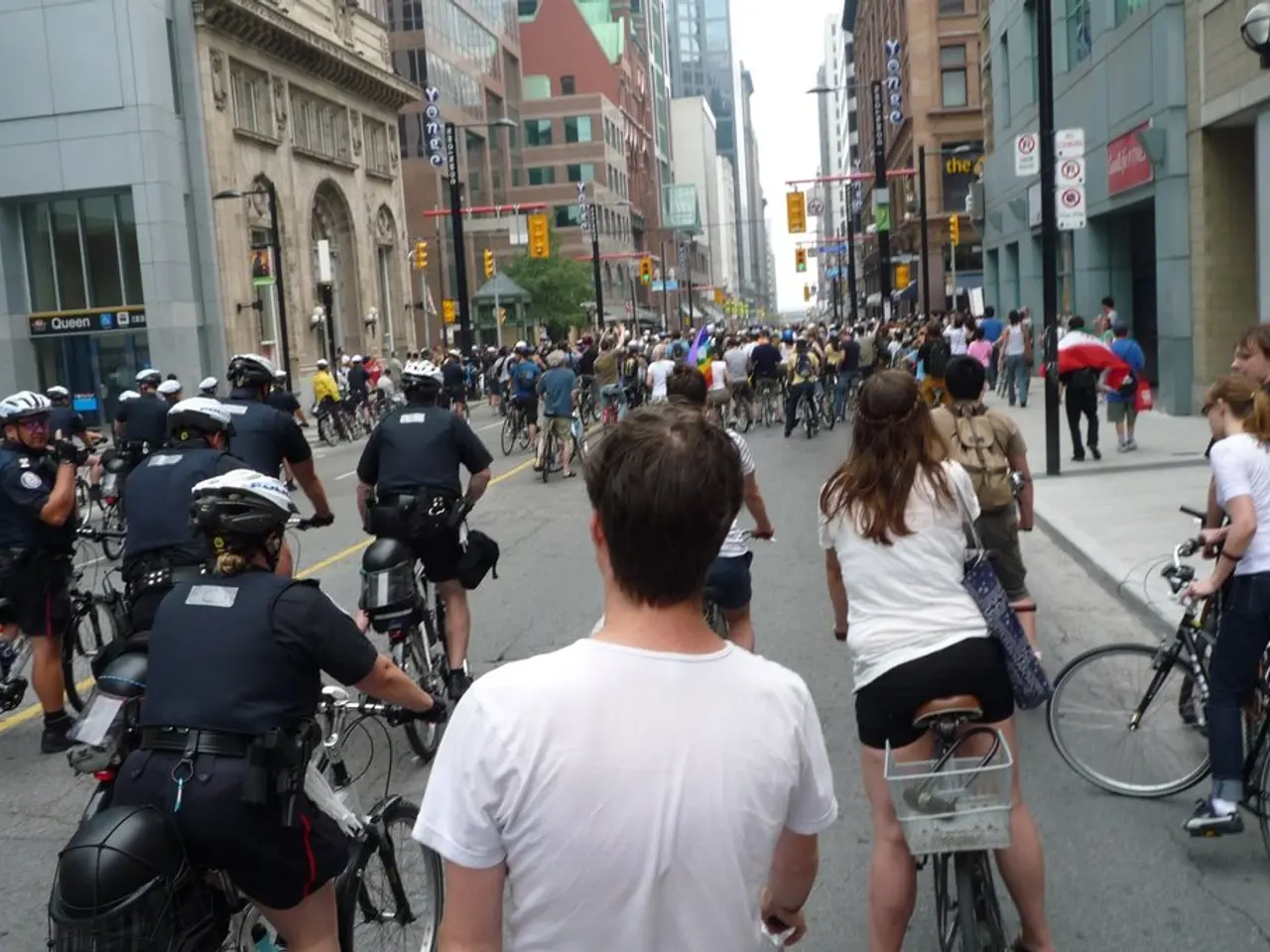Bangladesh's HSC Results Reveal Stark Urban-Rural Education Divide
The Higher Secondary Certificate (HSC) and equivalent examinations results in Bangladesh have revealed stark disparities between urban and rural areas. The overall pass rate plummeted to 58.83 percent this year, a significant drop from 77.78 percent in 2024. Rural-urban divide and lack of facilities were identified as key factors contributing to this decline.
The Dhaka metropolitan city topped the charts with an impressive average pass rate of 84.03 percent. This trend was consistent across major cities, indicating better resources and infrastructure. Conversely, rural areas struggled due to a severe shortage of teachers and other facilities. This crisis in rural education was cited as a major reason behind the lowest pass rate under nine general boards since 2005.
The overall pass rate of 58.83 percent this year was a stark reminder of the educational divide in the country. Candidates from metropolitan cities and district towns outperformed their peers from suburban and rural areas. The underpayment of teachers, particularly at primary and tertiary levels, further exacerbated the situation. Their wages lagged behind those of their counterparts in other Asian countries, leading to a brain drain and subsequent decline in educational quality.
The HSC and equivalent examinations results have underscored the urgent need to address the rural-urban disparities in education. Improving facilities, attracting and retaining qualified teachers, and ensuring fair compensation are crucial steps to bridge this gap and enhance overall educational outcomes in Bangladesh.
Read also:
- American teenagers taking up farming roles previously filled by immigrants, a concept revisited from 1965's labor market shift.
- Weekly affairs in the German Federal Parliament (Bundestag)
- Landslide claims seven lives, injures six individuals while they work to restore a water channel in the northern region of Pakistan
- Escalating conflict in Sudan has prompted the United Nations to announce a critical gender crisis, highlighting the disproportionate impact of the ongoing violence on women and girls.




